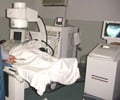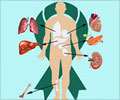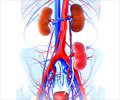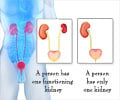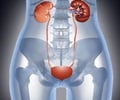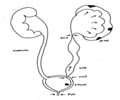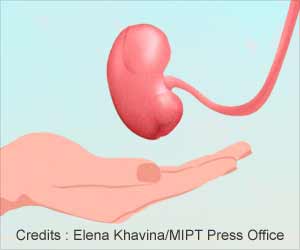AIIMS achieves milestone with dual kidney transplant, maximizing organ usage.
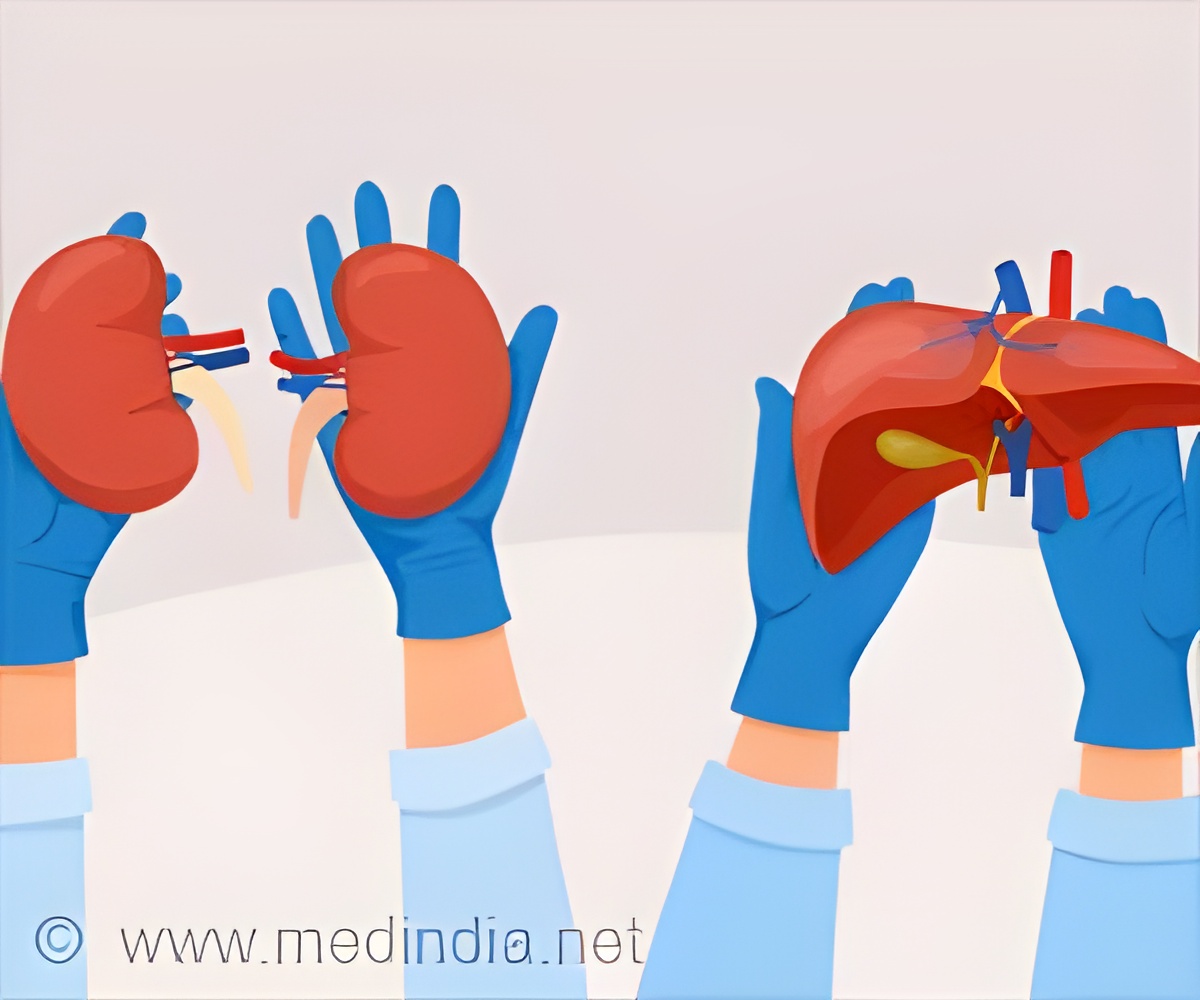
‘Did you Know? Dual kidney transplants from elderly donors can also offer hope for renal failure patients. #kidney #transplant #medindia’





This remarkable achievement not only underscores the resilience and innovation of medical science but also sheds light on the potential of utilizing resources that would otherwise go untapped.Advertisement
Maximizing Organ Utilization: The Role of Elderly Donors
In traditional kidney transplants, organs from younger donors are preferred due to their higher efficiency and longevity. However, in cases involving elderly donors, such as the 78-year-old donor in this instance, both kidneys are transplanted into a single recipient, a practice seldom undertaken.Dr. Asuri elucidates that despite the donor's age, the transplanted kidneys are expected to function effectively for 8-10 years, offering a significant improvement in the recipient's quality of life.
The significance of dual kidney transplants extends beyond the immediate recipient. With a majority of individuals needing renal replacement therapy being over 50 years old, the scarcity of organs poses a formidable challenge.
Dual kidney transplants from elderly donors present a viable solution to this predicament by not only addressing the demand for organs but also maximizing the utilization of available resources. Dr. Asuri emphasizes that this surgery exemplifies the efficient allocation of organs to bridge the gap between supply and demand in the organ donation ecosystem.
Advertisement
As India grapples with the growing burden of renal failure and the perennial shortage of organs, innovations such as dual kidney transplantation offer a glimmer of hope. By pushing the boundaries of conventional transplant practices and leveraging the potential of elderly donors, medical professionals pave the way for more inclusive and efficient organ allocation systems.
Advertisement
Reference:
- Dialysis versus transplantation in the treatment of end-stage renal disease - (https://pubmed.ncbi.nlm.nih.gov/206186/)
Source-Medindia




